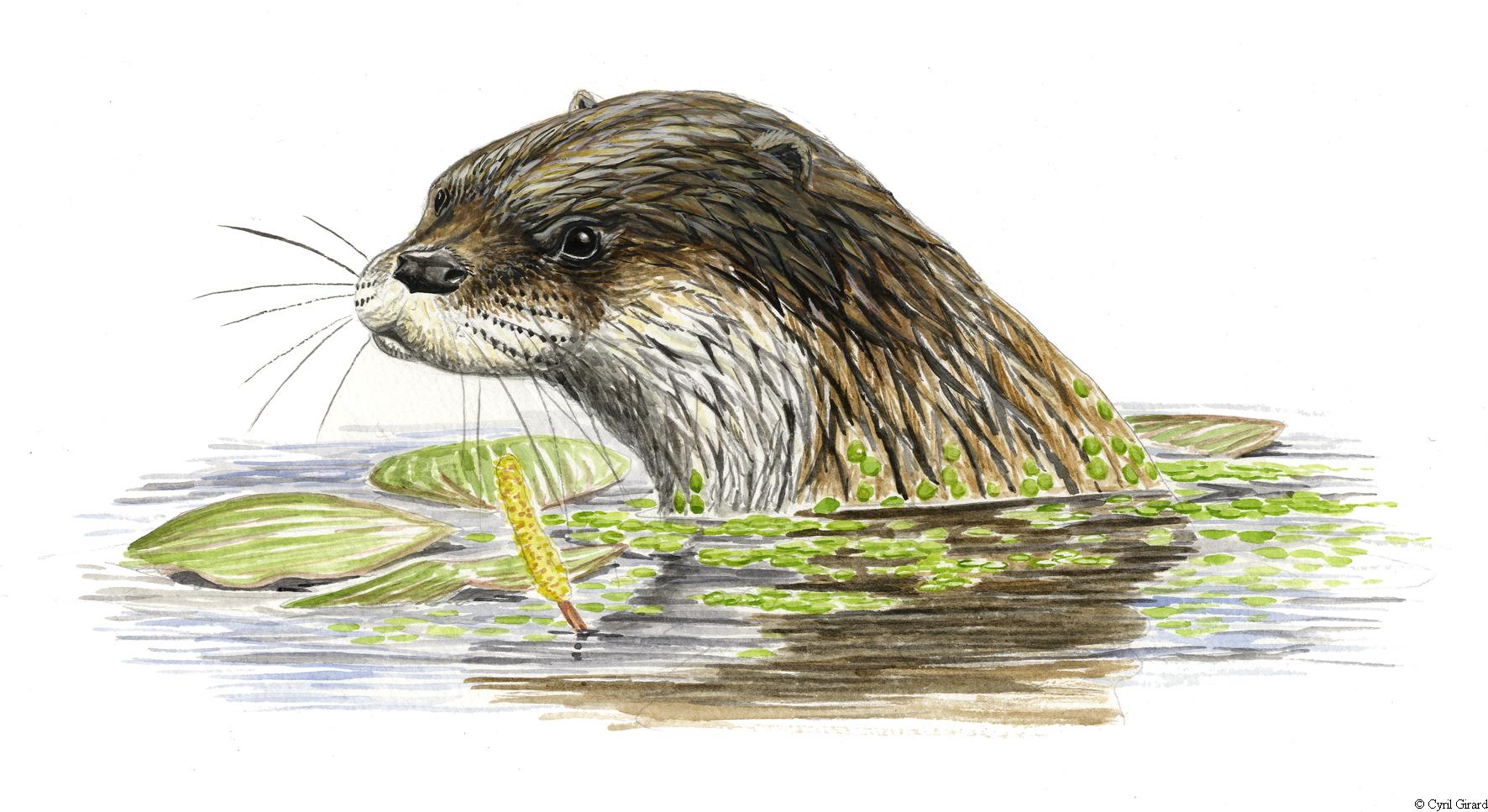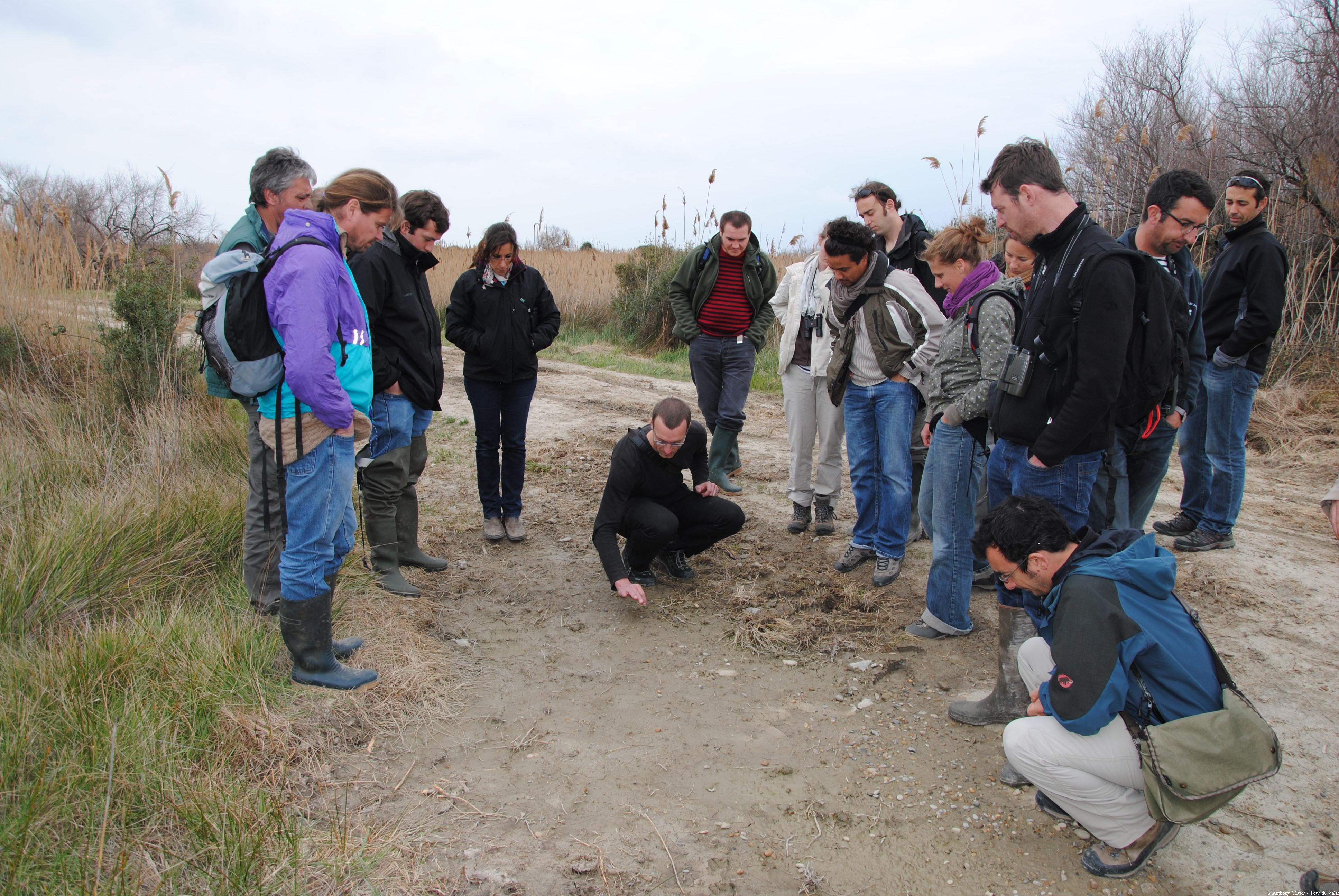 On 27 March, a training course on the European Otter (Lutra lutra) in the Camargue was organised at the Tour du Valat by the PACA regional branch of the LPO (bird protection league), in partnership with the Tour du Valat, the association Les Amis des Marais du Vigueirat, and the CEFE-CNRS research laboratory (Centre of Functional Ecology and Evolution).
On 27 March, a training course on the European Otter (Lutra lutra) in the Camargue was organised at the Tour du Valat by the PACA regional branch of the LPO (bird protection league), in partnership with the Tour du Valat, the association Les Amis des Marais du Vigueirat, and the CEFE-CNRS research laboratory (Centre of Functional Ecology and Evolution).
Entitled “Prospecting for the Otter and identifying conservation issues in the framework of the National Action Plan“, this one-day course brought together 34 participants, who will form a network of observers monitoring the re-colonisation of the Camargue by the Otter, as recommended in the Otter 2010-2015 National Action Plan (NAP).
This emblematic species, formerly abundant in France, then almost exterminated during the course of the 20th century, has been undergoing a marked re-colonisation process nationwide over the last twenty years.
It was in this favourable context, after the Otter seemed to have been absent from the Camargue for several decades, that traces of its presence (prints and faeces) were formally identified in the western part of the Camargue in late 2012. This discovery probably indicates the Otter’s gradual re-colonisation of the delta via the Rhône, from populations living in the Gard and Vaucluse departments.
 The aim of the course was therefore to train the naturalists and Camargue natural area managers in Otter field monitoring methods and techniques in the context of the NAP, provide them with skills for effectively ensuring the return of the species and general knowledge useful for the conservation of this aquatic carnivore.
The aim of the course was therefore to train the naturalists and Camargue natural area managers in Otter field monitoring methods and techniques in the context of the NAP, provide them with skills for effectively ensuring the return of the species and general knowledge useful for the conservation of this aquatic carnivore.
Most of the course was taken up by the practical application of the field protocol defined by the Plan for detecting proof of the presence of the Otter (standard surveying using 10 x10 km squares). There is thus now a network of trained observers in place, which will enable the annual monitoring of the highly probable imminent re-colonisation of the Camargue by this species.